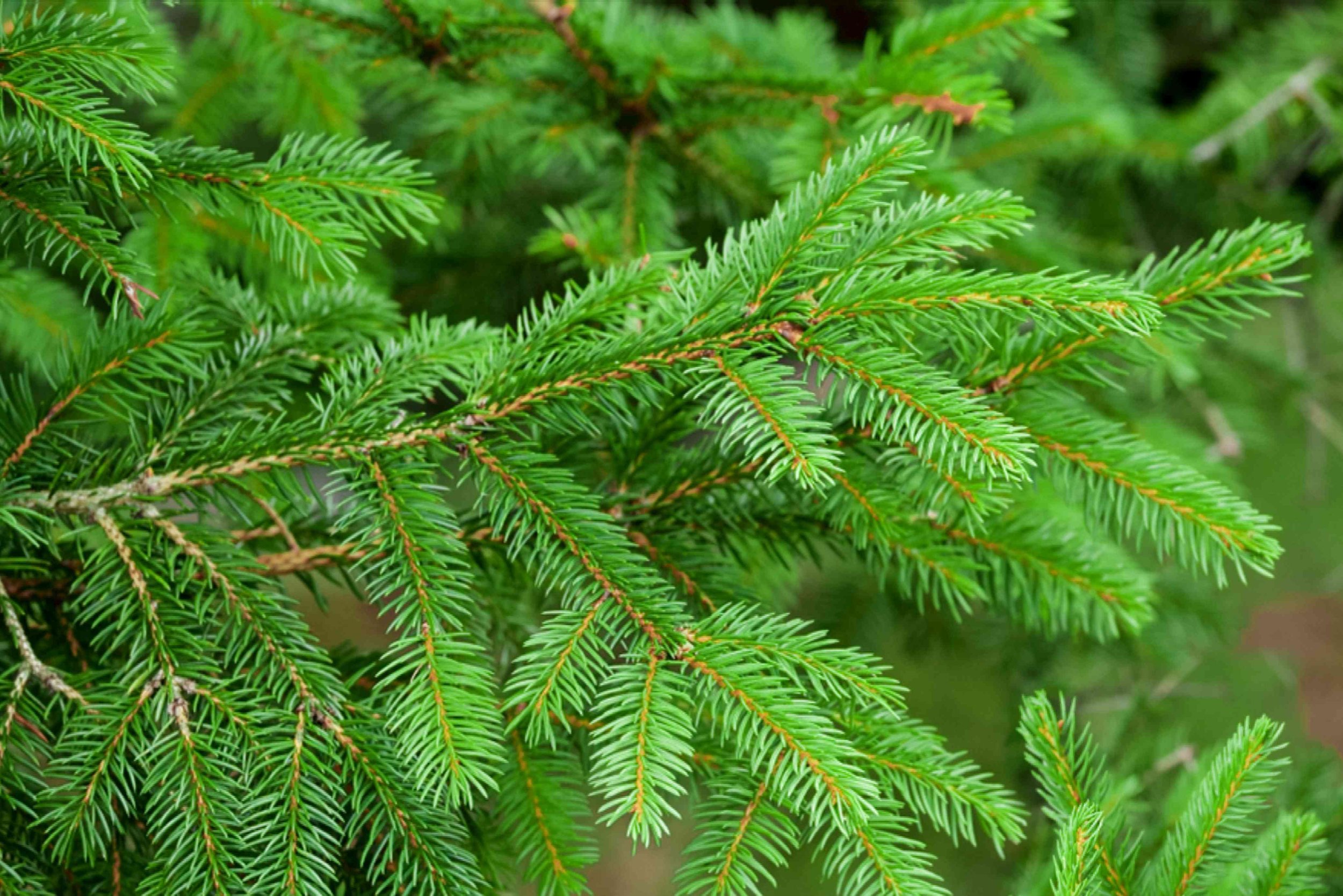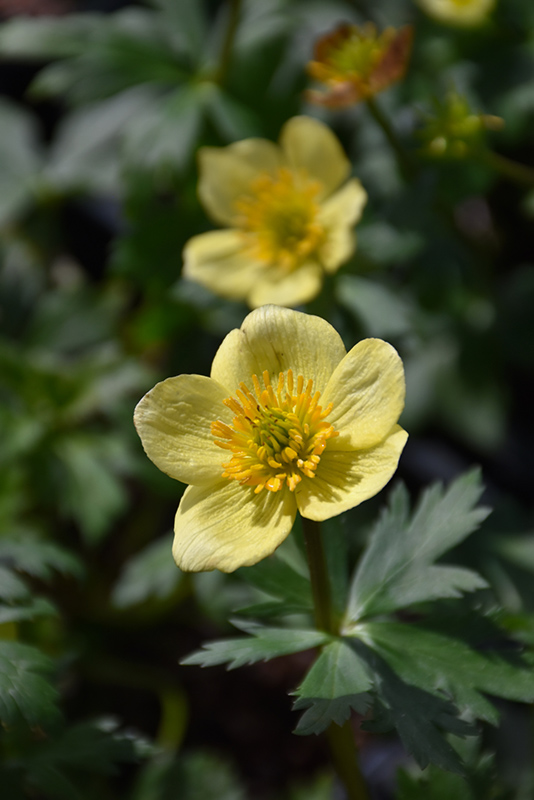
Plant Height: 12 inches
Flower Height: 18 inches
Spacing: 18 inches
Sunlight:
![]()
![]()
![]()
Hardiness Zone: 3b
Other Names: Buttercup
Description:
A wonderful native globeflower presenting cup shaped, pale yellow blooms with numerous golden yellow stamens; use where color is needed in partial shade areas; thrives in boggy soil; a nice addition to a pond or stream margin
Ornamental Features
American Globeflower has masses of beautiful buttery yellow cup-shaped flowers with gold anthers at the ends of the stems from mid to late spring, which are most effective when planted in groupings. The flowers are excellent for cutting. Its serrated lobed leaves remain dark green in color throughout the season.
Landscape Attributes
American Globeflower is an herbaceous perennial with an upright spreading habit of growth. Its relatively fine texture sets it apart from other garden plants with less refined foliage.
This is a relatively low maintenance plant, and should be cut back in late fall in preparation for winter. Deer don't particularly care for this plant and will usually leave it alone in favor of tastier treats. It has no significant negative characteristics.
American Globeflower is recommended for the following landscape applications;
- Mass Planting
- Rock/Alpine Gardens
- Border Edging
- General Garden Use
Planting & Growing
American Globeflower will grow to be about 12 inches tall at maturity extending to 18 inches tall with the flowers, with a spread of 18 inches. When grown in masses or used as a bedding plant, individual plants should be spaced approximately 18 inches apart. It grows at a medium rate, and under ideal conditions can be expected to live for approximately 10 years. As an herbaceous perennial, this plant will usually die back to the crown each winter, and will regrow from the base each spring. Be careful not to disturb the crown in late winter when it may not be readily seen!
This plant performs well in both full sun and full shade. It is quite adaptable, prefering to grow in average to wet conditions, and will even tolerate some standing water. It is not particular as to soil type or pH. It is somewhat tolerant of urban pollution. This species is native to parts of North America. It can be propagated by division.

